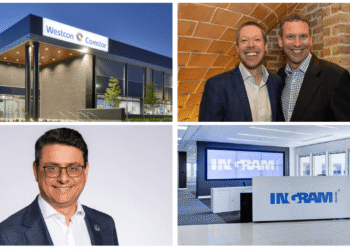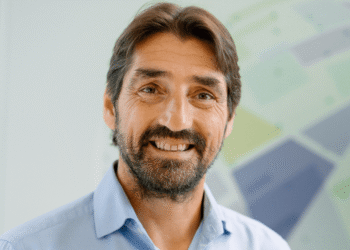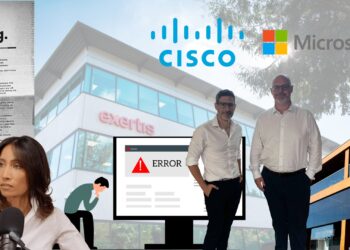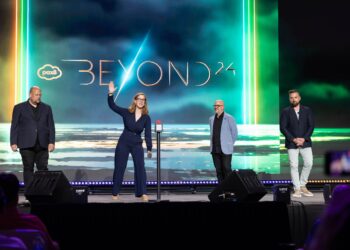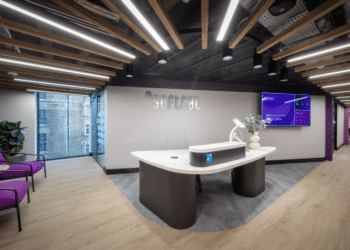Microsoft is burying nearly 5 million tonnes of waste underground as part of efforts to counteract its growing carbon footprint.
US waste management company Vaulted Deep last week announced it has signed a 12-year carbon dioxide removal (CDR) deal with the software giant that could be worth more than $1bn according to reports.
Vaulted Deep claims to remove carbon by storing organic waste that contains atmospheric CO₂ deep underground.
Microsoft in May confirmed that its total emissions have swelled 23% since 2020 “due to growth-related factors such as AI and cloud expansion”.
Although Microsoft harbours ambitions to be carbon-negative by 2030, a new US scheme unveiled just this week will reportedly only make it easier for companies like it to accelerate the building of AI datacentres.
It was one of two vendor giants, alongside IBM, to see their status downgraded in Canalys‘ latest sustainability benchmarking study.
Making CO2 budge with sludge
Vaulted Deep claims its new deal with Microsoft will deliver up to 4.9 million tonnes of durable CDR through its waste management operations.
To put that in perspective, Microsoft pegged its total Co2 emissions in its fiscal 2024 at around 15 million tonnes (97% of which came from Scope 3 emissions).
During the year, Microsoft said it signed long-term agreements to procure more carbon removal than all previous years combined, achieving nearly 22 million tonnes in contracts for carbon removal.
Vaulted Deep partners with municipalities, industrial operators, and agricultural producers to manage their organic waste that it claims can’t be reused or safely applied to land.
It claims to use deep well injection to store the waste in stable geologic formations sealed by impermeable rock layers thousands of feet underground. These waste streams include “sludgy materials” including manure, paper sludge, and food and agricultural residues.
“Burying their way out with slurry”
Not everyone is convinced of the effectiveness of Vaulted’s schemes – or Microsoft’s motives, however.
As this report points out, although Vaulted argues that its process is additional – ie knowing that credit revenue is essential to making the project work – Vaulted’s projects have at present not been verified by an independent third party.

Talking to IT Channel Oxygen, digital sustainability & GreenOps advocate Mark Butcher said that while “offsetting has its place”, he doesn’t see this scheme as “real carbon removal”.
“Without transparency on what would have happened without this deal, there’s no proof of additionality. And that’s the minimum bar if you’re going to call it a credible offset,” he said.
Microsoft is “growing AI at breakneck speed with zero safeguards, then buying their way out with slurry and made-up numbers”, Butcher added.
IT Channel Oxygen approached Microsoft for additional comment and will update accordingly.
Here’s what the vendor had to say about its stance on carbon removal in its 2024 Environmental Sustainability Report,
“We are committed to helping build the markets we buy from, translating leading science into commercial innovation and regularly updating our Criteria for High-Quality Carbon Dioxide Removal. We also know we cannot accelerate this market alone, which is why we co-founded the Symbiosis Coalition with industry partners. The Symbiosis Coalition is targeting up to 20 million metric tons of high-quality, nature-based carbon removal credits by 2030.”




